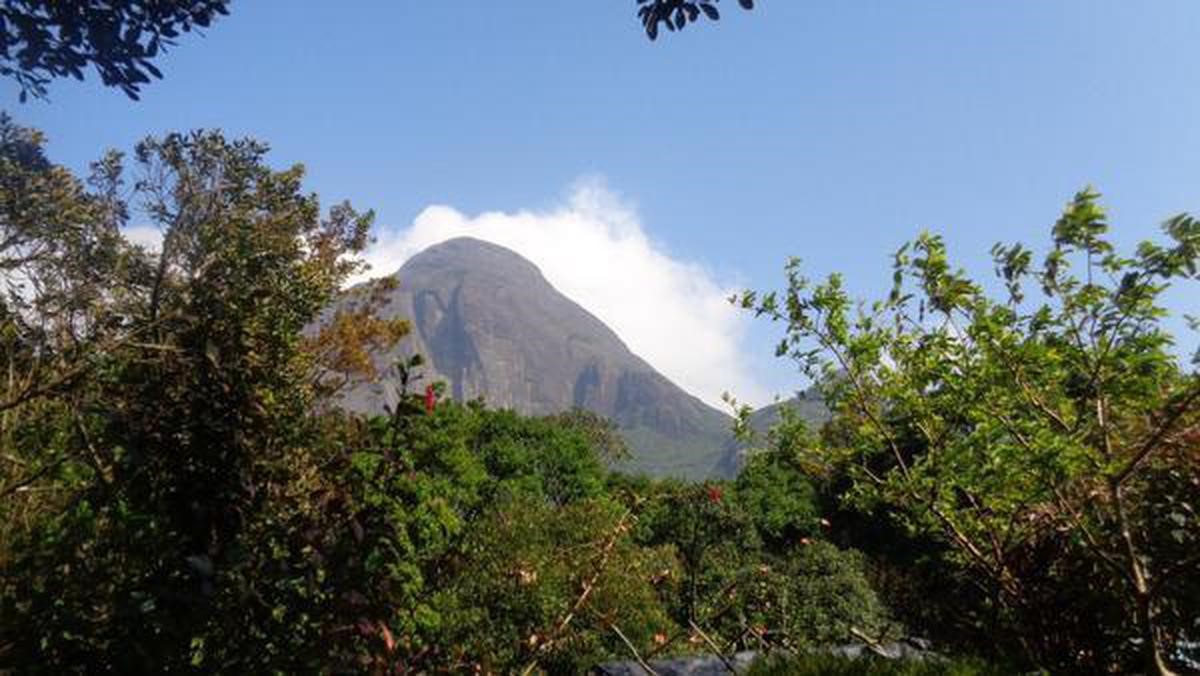Free Courses Sale ends Soon, Get It Now


Free Courses Sale ends Soon, Get It Now



Disclaimer: Copyright infringement not intended.
In News
Magnetic Observatory
Note: A magnetogram is an image taken by an instrument (magnetograph) that shows the strength, polarity, and location of the magnetic fields.
Applications of Magnetic Observatory
Agastyaarkoodam peak

© 2024 iasgyan. All right reserved